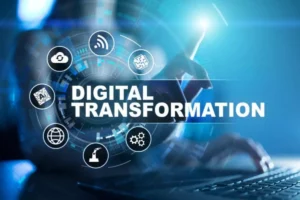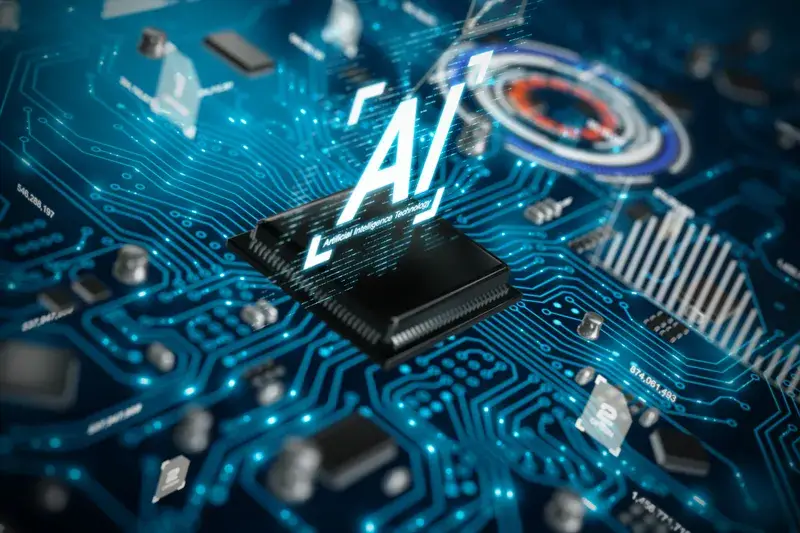Edge computing can be used to keep data close to its source and within the bounds of prevailing data sovereignty laws, such as the European Union’s GDPR, which defines how data should be stored, processed and exposed. This can allow raw data to be processed locally, obscuring or securing any sensitive data before sending anything to the cloud or primary data center, which can be in other jurisdictions. The influx of data grows exponentially from various sources such as IoT, sensors, applications, and devices.
IoT refers to any system of physical devices or hardware that receive and transfer data over networks without any human intervention. A typical IoT system works by continuously sending, receiving, and analyzing data in a feedback loop. Analysis can be conducted either by humans or artificial intelligence and machine learning (AI/ML), in near real-time or over a longer period. In many instances, it first looked like edge computing would be the target architecture but it turned out to make more sense to centralize more processing and data storage. It ensures lower latency and optimized data deliverability—at least it has the potential for both benefits. The Internet of Things, autonomous vehicles, and Industry 4.0 widely incorporate edge computing.
İçerik
Smart Surveillance
Bandwidth limitations, latency issues and unpredictable network disruptions can all conspire to impair such efforts. Businesses are responding to these data challenges through the use of edge computing architecture. The underlying theme is that these devices can communicate with one another best cybersecurity stocks over wireless networks to provide an array of benefits such as true automation in Industry 4.0 applications, remote infrastructure management, and edge intelligence. Edge computing is a distributed computing paradigm that brings computation and data storage closer to the sources of data.
- As edge computing brings the points closer to each other, latency issues are virtually nonexistent.
- Examples include oil rigs, ships at sea, remote farms or other remote locations, such as a rainforest or desert.
- Onboard skilled employees from within and outside the organization to form the right team with clearly defined objectives and outcomes.
- It requires a clear scope and purpose before deployment as well as additional equipment and resources to function.
- “Edge computing” is a type of distributed architecture in which data processing occurs close to the source of data, i.e., at the “edge” of the system.
- By enabling data processing at the edge of the network, closer to where it’s generated, edge computing significantly reduces latency and bandwidth use.
The advent of 5G will dramatically speed up data relay and computational tasks, while AI will enable much more sophisticated data processing at the edge. Standardizing edge computing devices and ensuring their interoperability are other significant hurdles. There is no way to leverage digital radio communications or management standards to operate these systems. In fact, you’ll find IoT devices using edge computing techniques in a wide range of applications at the core of retail operations.
Deploy edge as an extension to cloud
Edge can be a great addition to the cloud, and both combined can provide real-time insights about various performance initiatives. While IoT and web hosting find edge beneficial for faster performance, they still require a reliable cloud backend for centralized storage. It enables data localization and ultra-low latency and addresses security and privacy concerns, thereby reducing the load on networks. When combined with 5G, edge offers the ultimate user experience for rich media, bringing the vision of virtual reality/augmented reality (VR/AR), gamification, drone control, connected cars, and real-time collaboration to life.
It also includes updates in deep learning, vision acceleration, memory bandwidth and multimodal sensor support. This approach has the advantage of being easy and relatively headache-free in terms of deployment, but heavily managed services like this might not be available for every use case. That’s a lot of work and would require a considerable amount of in-house expertise on the IT side, but it could still be an attractive option for a large organization that wants a fully customized edge deployment.
What Are the Types of Cloud Computing and Cloud Services
Gartner predicts that 50% of enterprise-generated data will be created and processed beyond centralized cloud data centers via edge computing by the year 2022. Other research finds that, by 2025, the global IoT installed base will reach over 75.4 billion devices. Edge computing is the process of bringing information storage and computing abilities closer to the devices that produce that information and the users who consume it. Traditionally, applications have transmitted data from smart devices like sensors and smartphones to a central data center for processing.
This old method still makes sense for many types of applications that need real-time results. Powered by the cloud, edge computing enables businesses to reimagine experiences for people, purpose, and profitability, at speed and scale. Contrary to popular belief, edge and cloud are not fighting among themselves for the top spot. Alongside cloud, edge computing can boost an organization’s digital transformation journey. Implementing edge in isolation is not ideal — when implemented together, edge and cloud can effectively scale business operations.
Improved data security
However, the unprecedented complexity and scale of data have outpaced network capabilities. By shifting processing capabilities closer to users and devices, edge computing systems significantly improve application performance, reduce bandwidth requirements, and give faster real-time insights. As devices grew smaller over the years, their computing and processing powers have grown exponentially. While data warehouses and server farms were once considered to be the ultimate choice for computing speed, the focus has quickly shifted to the concept of cloud or “offsite storage”.
Another good practice is to ask your vendor critical questions about security, performance, size, and cost of the engineering team and ROI realized. It’s also perfectly acceptable to request product vendors for a quick demonstration of their security capabilities and management. When it comes to understanding edge computing in detail, all three parties (mentioned above) must know how to implement the process.
Enhanced workplace safety
The rugged design and build quality allows them to operate reliably and optimally without interruption. For example, the fanless design of rugged edge computers allows them to withstand exposure to dust and small particles since the system is ventless because there is no need to circulate air to cool down the system. Systems are passively cooled via the use of heatsink, transferring heat away from the internal components to the outer enclosure of the system. In the past, the promise of cloud and AI was to automate and speed innovation by driving actionable insight from data. But the unprecedented scale and complexity of data that’s created by connected devices has outpaced network and infrastructure capabilities.
Rugged edge computers are often deployed in fleet vehicles, allowing organizations to intelligently management their vehicle fleets. Rugged edge PCs can tap into the CANBus network of vehicles, collecting a variety of rich information, such as mileage per gallon, vehicle speed, on/off status of vehicle, engine speed, and many other relevant information. Moreover, rugged edge computers can collect more data from cameras and sensors deployed on the vehicle. All of this collected data can be leveraged by fleet companies to improve the performance of their fleet, as well as to reduce the operation costs of the fleet.
Find our Cloud Architect Online Bootcamp in top cities:
Edge is about processing data closer to where it’s being generated, enabling processing at greater speeds and volumes, leading to greater action-led results in real time. A company uses mobile edge computing infrastructure such as 5G networks and 5G-based mobile cloud computing services to develop, deploy, and scale ultra-low-latency applications. Companies put storage, servers, and other edge devices next to the data source. For example, an energy company might install some server racks and a remote LAN within a wind turbine to collect and process the data it generates. Remember that it might be difficult — or even impossible — to get IT staff to the physical edge site, so edge deployments should be architected to provide resilience, fault-tolerance and self-healing capabilities. Monitoring tools must offer a clear overview of the remote deployment, enable easy provisioning and configuration, offer comprehensive alerting and reporting and maintain security of the installation and its data.
What Is Edge Computing: Definition, Benefits, Drawbacks and Use Cases
It’s all about processing data closer to where it’s needed for quicker and more efficient decision-making. As all networks have a limited bandwidth, the volume of data that can be transferred and the number of devices that can process this is limited as well. By deploying the data servers at the points where data is generated, edge computing allows many devices to operate over a much smaller and more efficient bandwidth. Furthermore, differing device requirements for processing power, electricity and network connectivity can have an impact on the reliability of an edge device. This makes redundancy and failover management crucial for devices that process data at the edge to ensure that the data is delivered and processed correctly when a single node goes down.
Perhaps the most noteworthy trend is edge availability, and edge services are expected to become available worldwide by 2028. Where edge computing is often situation-specific today, the technology is expected to become more ubiquitous and shift the way that the internet is used, bringing more abstraction and potential use cases for edge technology. It’s these variations that make edge strategy and planning so critical to edge project success. In traditional enterprise computing, data is produced at a client endpoint, such as a user’s computer. That data is moved across a WAN such as the internet, through the corporate LAN, where the data is stored and worked upon by an enterprise application.



